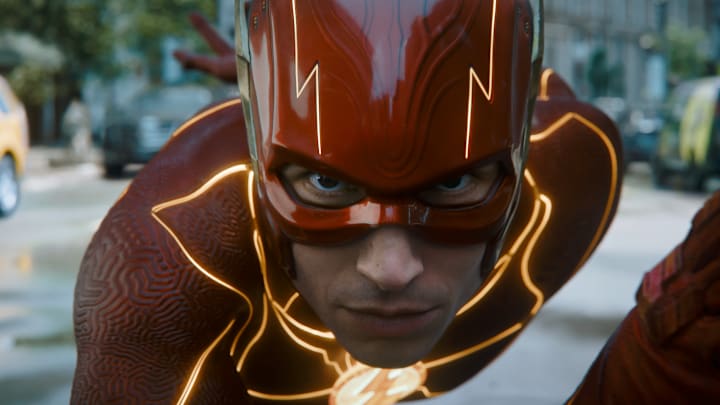CGI has led to the creation of some of the most dazzling spectacles of the 21st century. The Lord of the Rings, the first three phases of the MCU and Avatar would not have been possible were it not for the technology.
There have, however, been some questionable applications of the CGI process. By allowing directors to conjure up anything they want, CGI has led to several instances of dead actors being brought back to reprise their iconic characters. It's a dubious process, and one that fans have been mixed on since it became semi-common.
The decision to do so in the recent Alien film, Romulus, inspired to compile a list of the most notable films that brought their stars back from the dead.
Alien: Romulus - Ian Holm
Alien: Romulus was a very pointed attempt to bring the franchise back to its roots. So much so, in fact, that it decided to bring back actor Ian Holm, one of the stars of the original 1979 film, for an extended cameo. Oddly enough, Holm is not playing the same character.
Fede Álvarez decided to recast Holm (or the CGI approximation of him, rather) as a different model of android than the one he played in Alien. The director told Entertainment Weekly that he reached out to Holm's estate in an effort to respect the actor's legacy, but the cameo has led to some mixed reactions from fans.
Rogue One: A Star Wars Story - Peter Cushing
Peter Cushing died in 1994, yet his likeness played a crucial role in the 2016 blockbuster Rogue One: A Star Wars Story. Cushing's character, Grand Moff Tarkin, had several scenes in which he provided exposition, and the effect was achieved by applying CGI to the face of actor Guy Henry.
CGI had been used in a similar fashion before (more on that later), but Rogue One kicked off the modern trend of bringing back actors for blockbuster sequels. It remains one of the most effective, even if remains questionable.
Halloween Ends - Donald Pleasance
David Gordon Green's Halloween trilogy got off to a good start in 2018, but the sequels increasingly rubbed fans the wrong way. By the time the third one released, Halloween Kills, fans were mostly out. The Michael Myers storyline was criticized, as was the decision to bring back the late, great Donald Pleasance as Dr. Loomis.
It's worth noting that David Gordon Green relied less on CGI and more on practical effects to revive Pleasance. A prosthetic was applied to Tom Jones, Jr.'s face to make him look more like Pleasance, and Colin Mahan emulated the late actor's voice. It ultimately added up to little more than a gimmick cameo, though.
Star Wars: The Rise of Skywalker - Carrie Fisher
A de-aged Carrie Fisher appeared at the tail end of Rogue One: A Star Wars Story. She didn't have much screen time, and the passing of Fisher a few weeks before its release led fans to give the CGI decision the benefit of the doubt. The reception to Fisher's resurrection for Star Wars: The Rise of Skywalker, was less warm.
Princess Leia is obviously important to the Star Wars saga, but the character's inclusion felt very disconnected from the rest of the film (which is saying a lot for such a messy narrative). It seemed as though Fisher had been brought back with CGI just so she could die onscreen, which verged on the exploitative.
The Flash - Christopher Reeve & George Reeves
There's not a lot of goodwill for The Flash, and understandably so. Its star, Ezra Miller, is one of the most polarizing actors to ever headline a blockbuster, and the film itself is a mess of references and cheap attempts at reverse engineering drama.
The biggest sin The Flash committed, though, was bringing back Christopher Reeve and George Reeves to reprise their Superman performances in the film's climax. It's one thing to do it with a character who is vital to the franchise and/or story, but The Flash did it just for the reference.
Gladiator - Oliver Reed
The oldest of these CGI resurrections occurred in 2000. Oliver Reed died during the production of Gladiator, and rather than reshoot scenes, director Ridley Scott opted to use technology to fill out the remainder of Reed's screen time.
The CGI is noticeable, given that the technology was still being perfected, but this is also an instance of its use being somewhat justified. Scott wasn't bringing Reed back to cash in on Gladiator nostalgia, but rather to complete a performance that would up being the last in a legendary career.
